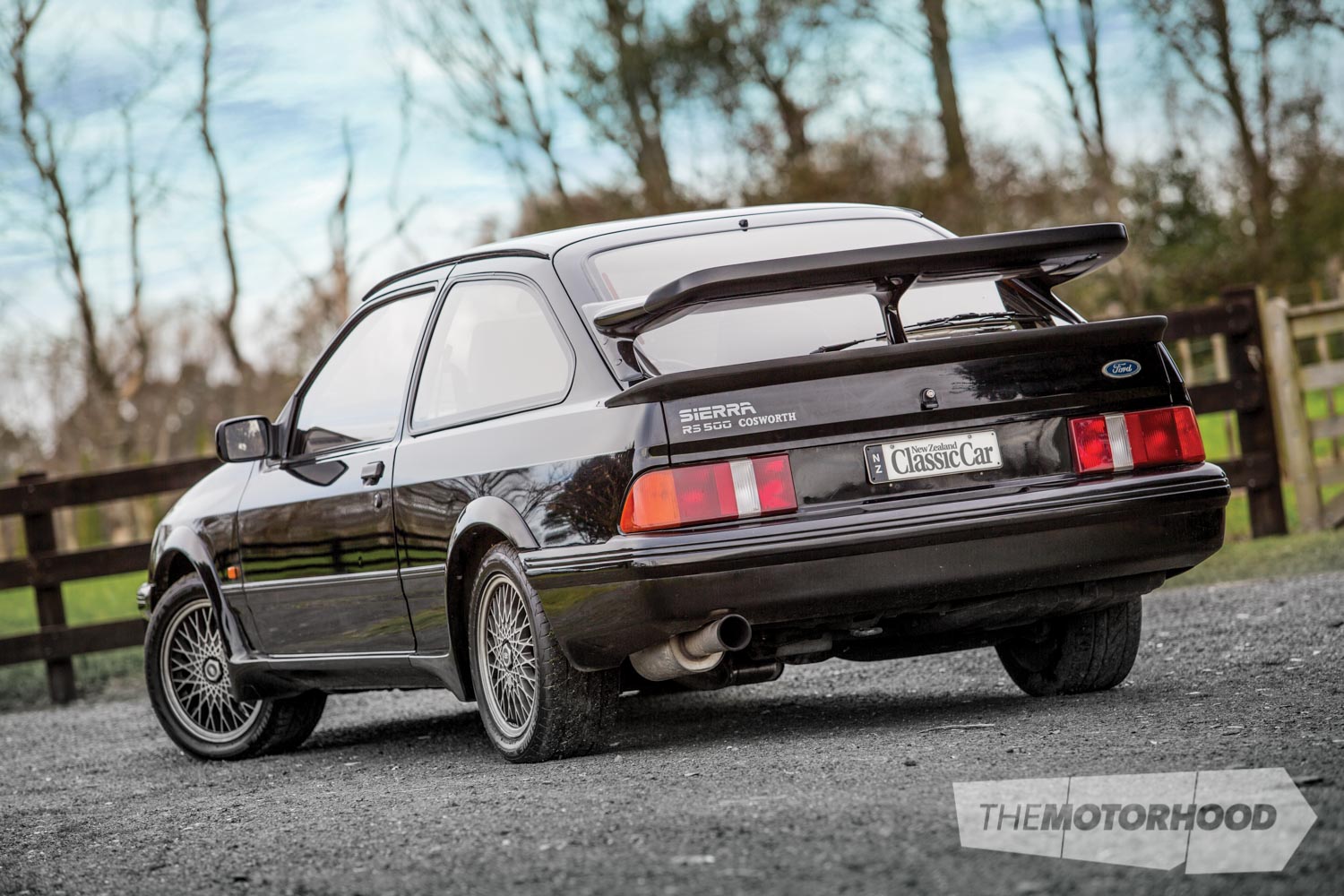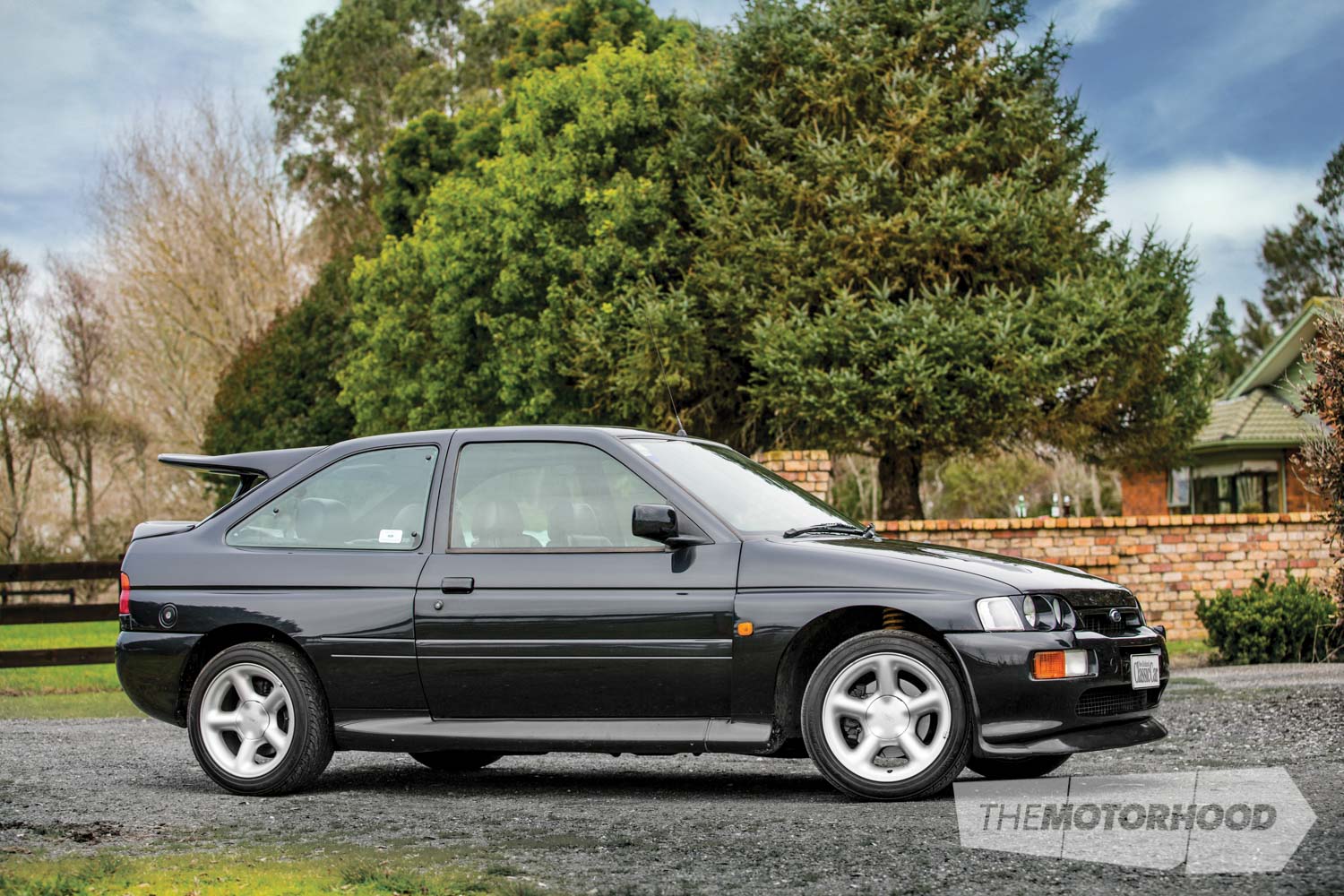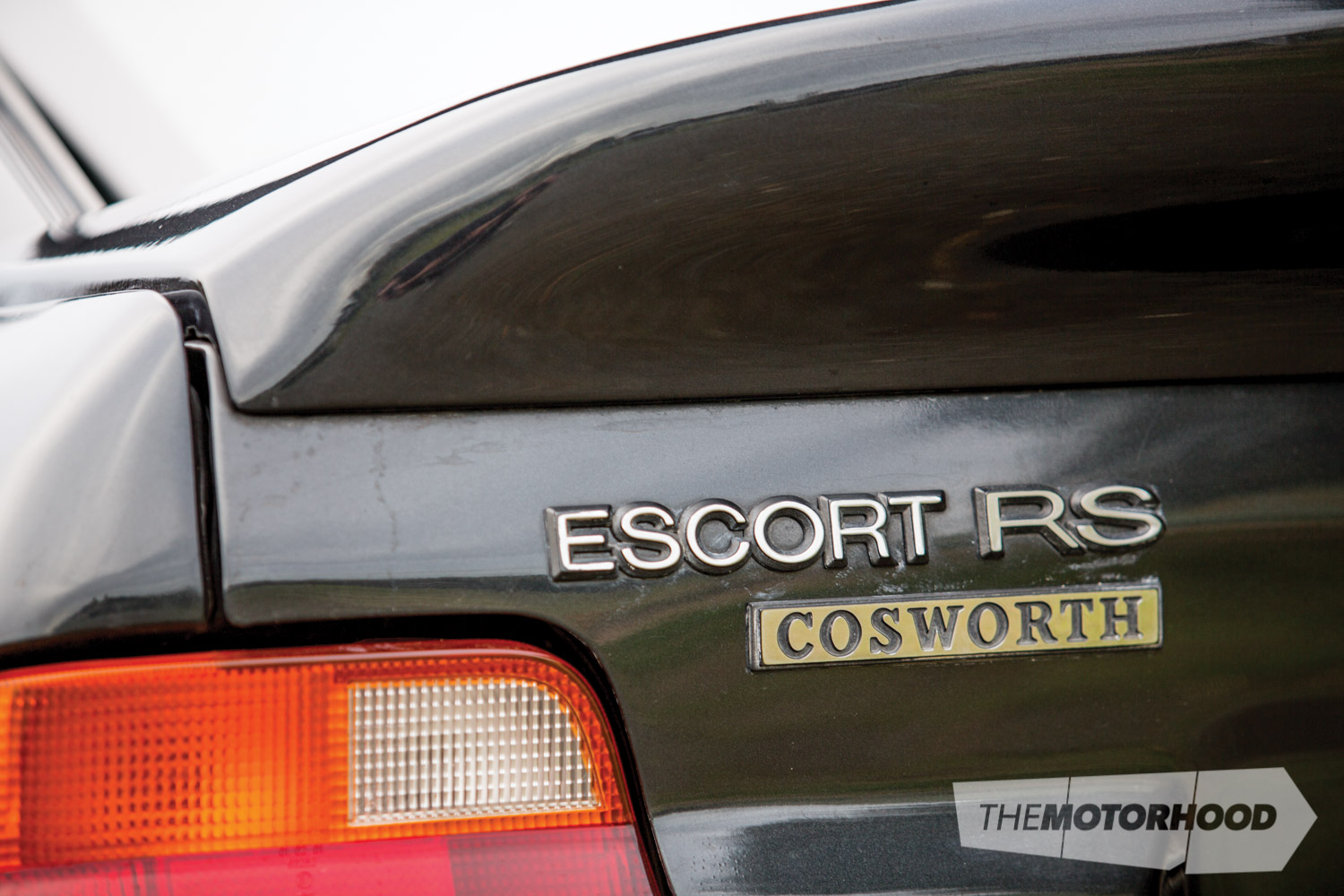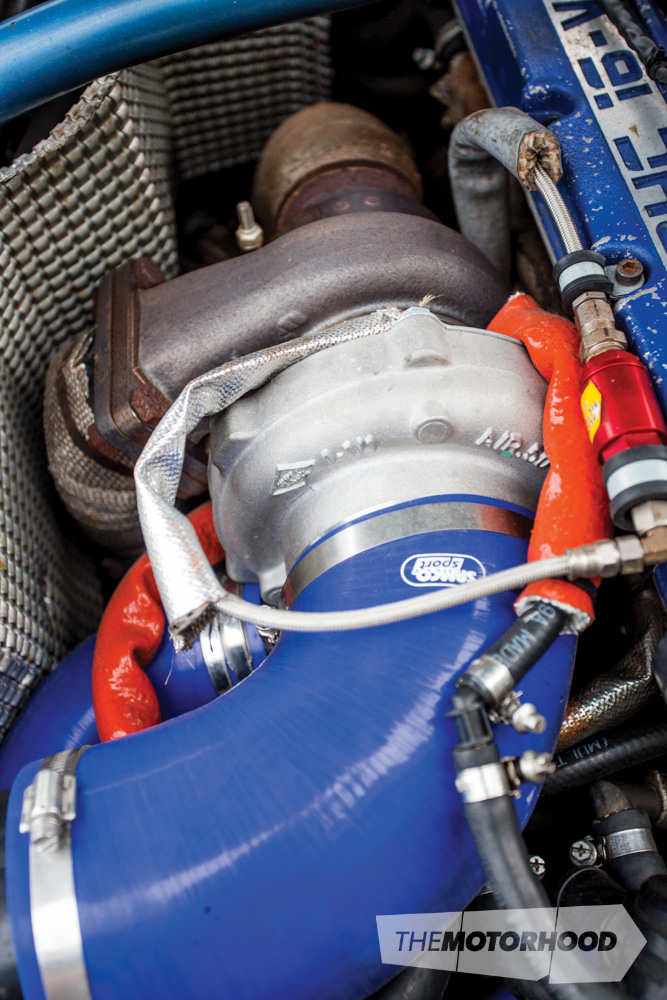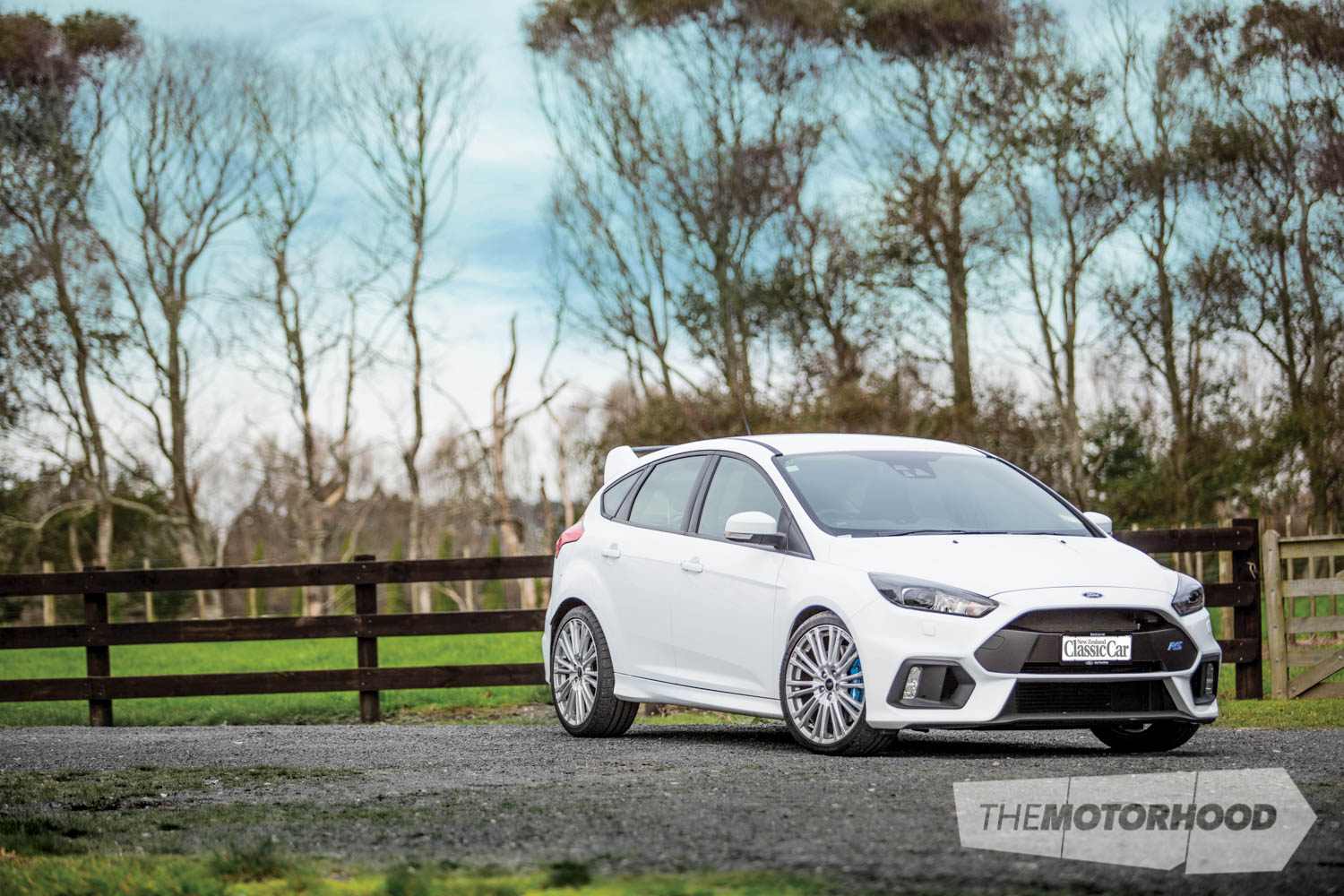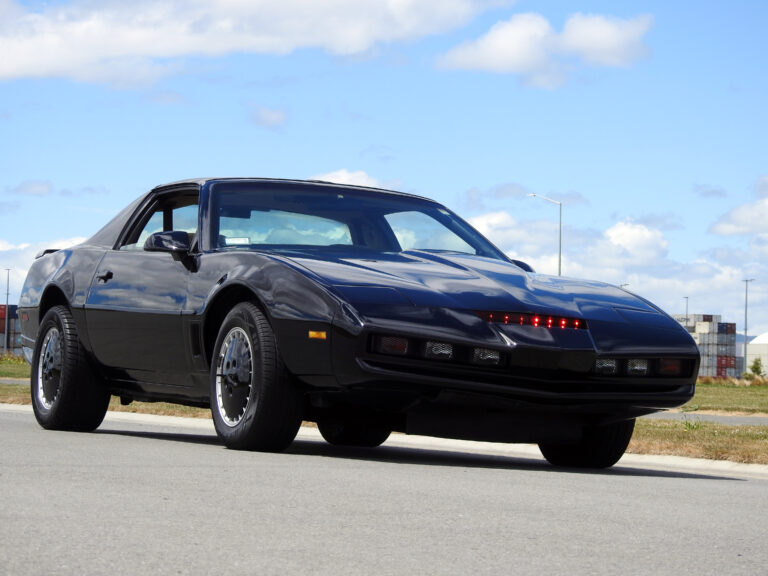Ford has released the latest in a long line of gravel- and track-bred monsters in the form of the brand-new Focus RS. The Focus has been built up by the PlayStation generation more than any car in recent history. One of the reasons for this may be Ford’s relationship with YouTube star, driving genius, and all-round good guy Mr Ken Block. If you’re unfamiliar with Block’s work, check out our coverage of the guy here. I guarantee you’ll be in awe of his skill. It will also give you some understanding as to what this new Focus is all about.
We were put in touch with the New Zealand RS Owners Club and pitched the idea of exploring the lineage of the RS, and suggested a few of its members might be able to come and meet us for a photo shoot and a chat about their cars. Instead, the club kindly put us in touch with a Ford collector who fit the bill perfectly and we jumped at the chance to spend some time with these cars. Here’s an RS gallery to explore, but to get the full review, check out the September issue of New Zealand Classic Car.










